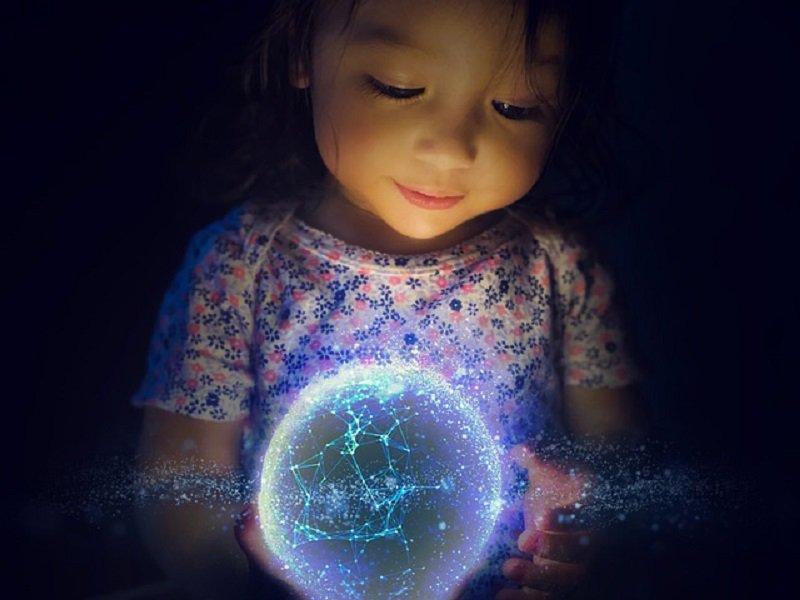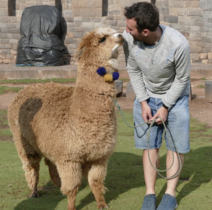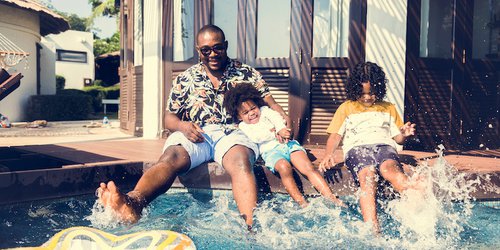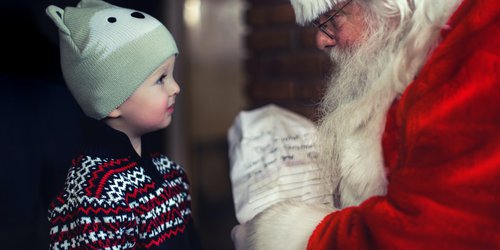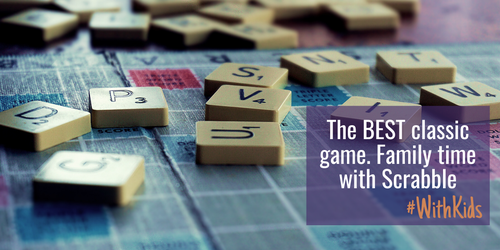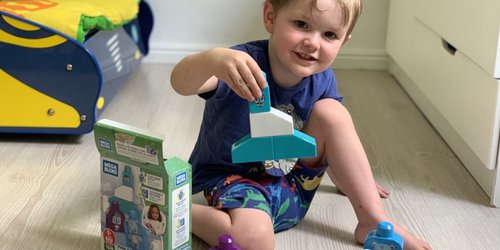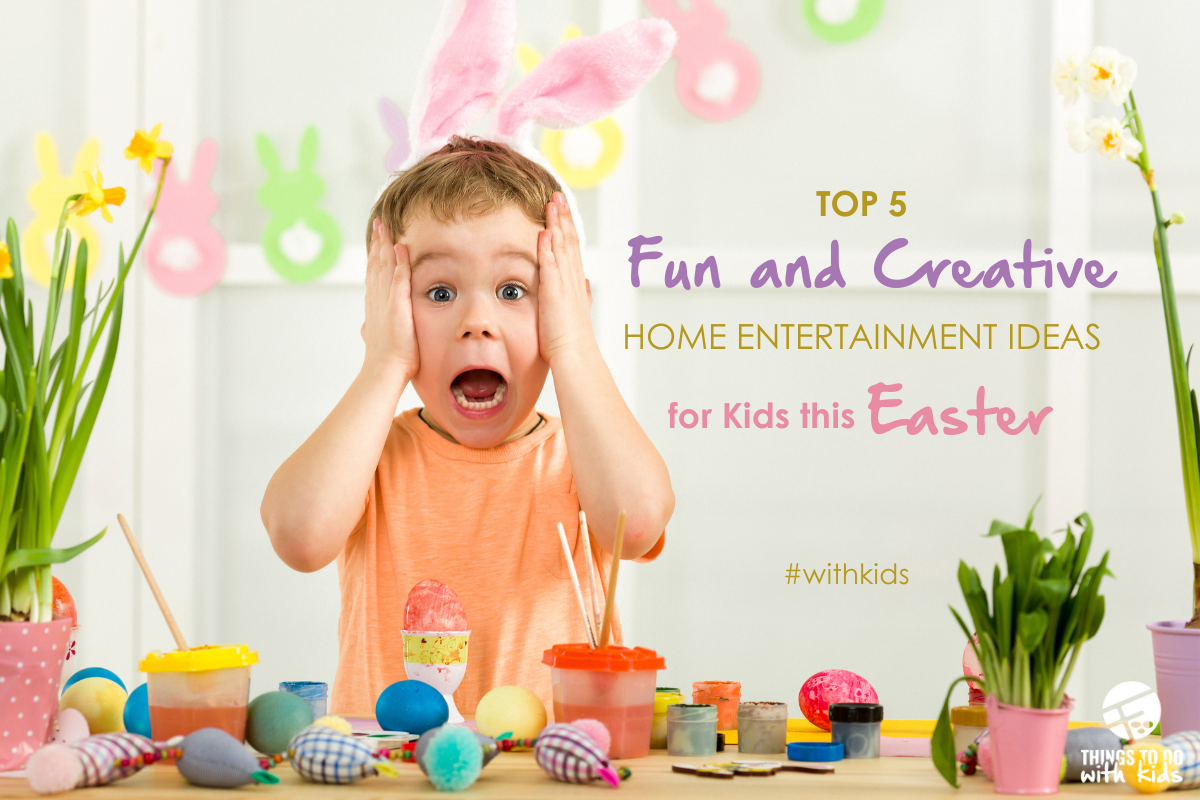3 Fun child friendly science experiments to do with your kids
Every child loves doing science experiments. Today I will be sharing 3 fun activities to try at home.
1.Making your own, quicksand activity
This activity is something fun and easy to do with the kids.
You will need:
1 Cup of maize cornflower
½ Cup Water
1 large plastic bowl
A spoon
The first thing you will need to do is, mix the cornflour and water together in the bowl. Showing off the experiment to an audience of curious faces you will need to make sure to stir very slowly and drip the ‘quicksand’ to show its liquid form. Then stir quickly or poke the liquid fast to show how hard it forms.
The flour grains cling together due to the lack of water between them when mixing the mixture very fast. Stirring the mixture slowly allows more water between the flour grains, letting them slide over each other more easily. This could be messy so make sure to do this outside or in the kitchen where a mess can easily be cleaned up. I got fascinated making the cornflour go hard and liquid again, so this activity is also a very good sensory activity for kids and adults.
See experiment: http://science.wonderhowto.com/how-to/make-quicksand-home-using-cornstarch-water-0149991/
2.Create invisible ink with a lemon science experiment
This activity for kids is very simple and quick to do.
You will need:
Half a lemon
Few drops of water
Cup or bowl
Cotton bud
White paper and a light bulb.
Squeeze some lemon juice into the cup, and add a few drops of water. Mix together with the spoon and dip your cotton bud into the juice. Write your message onto the white paper and leave to dry, it will become completely invisible. When you want to show the message to somebody; heat the paper by holding it close to a light bulb or heat source. The message will appear. The lemon juice will oxidise and turn brown when heated and when diluting the juice with water just makes it harder to notice after applying it to the paper, once heated, the secret message appears. You can also use other substances such as orange juice, honey, milk, vinegar and wine which will have the same effect.
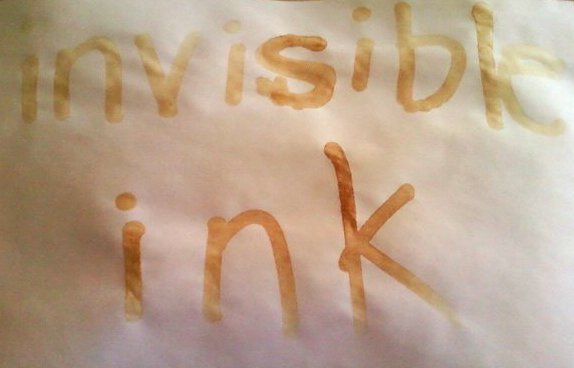
3.The lava lamp effect
This experiment looks very cool and the kids will be fascinated with the effect it makes. See a live video on how Leandra made a LAVA LAMP.
You will need: Water
A clear plastic bottle
Vegetable oil
Food colouring
Tablets that fizz
Fill your plastic bottle or cup with water until it is about a quarter full then add the oil until the bottle is nearly full. Wait a bit until the oil and water have separated and then add about six drops of the food colouring. The food colouring will fall through the oil to mix with the water below it. Take your tablets, if it’s a large one cut it into smaller pieces and start to add these to the bottle and you will see the bubbles start to form and it will produce the lava effect.
Why does this happen? First of all, the oil and water separate and the oil is on top because it has a lower density, the same happens with the food colouring that sinks to the bottom because it has a higher density. The piece of the tablet you drop into the bottle releases small bubbles of carbon dioxide gas that rise to the top and take some of the coloured water along with it. The gas escapes once it reaches the top and the coloured water falls back down again. Adding more of your fizzy tablets will keep the reaction going for longer.
